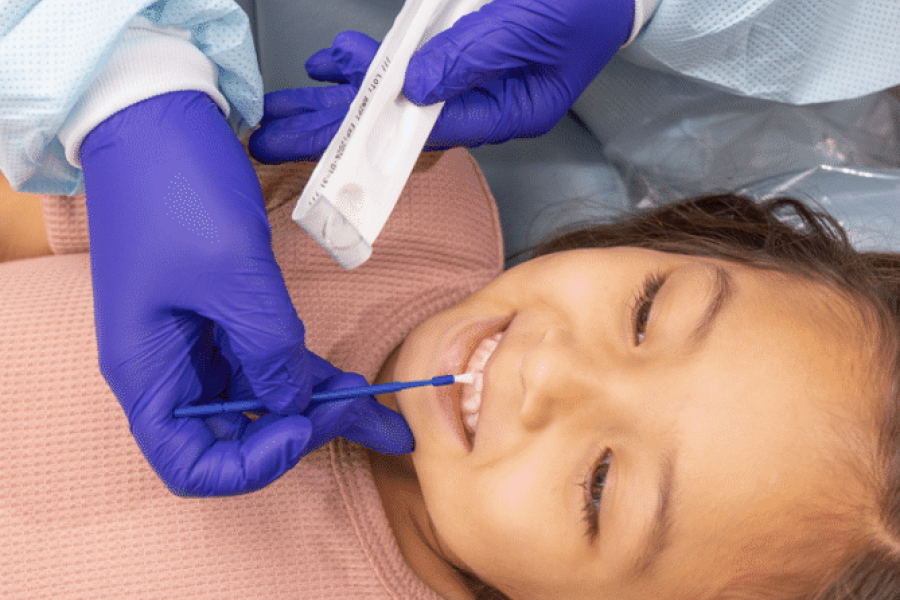Enter your email to receive the CareQuest newsletter:
Minimally Invasive Care in Oral Health
Dental and Medical Billing Codes
Minimally invasive technologies to treat and prevent tooth decay have benefits for patients and health care providers — both dental and medical professionals.
The elimination of needles, drills, and anesthesia is a better experience for patients and health care costs are lower. For providers, quicker procedures that focus on prevention and healing frees up time to treat more patients.
The American Dental Association and American Medical Association have embraced these new technologies and created billing codes to facilitate provider adoption and reimbursement.

Dental Codes (CDT)
D2991 Application of hydroxyapatite regeneration medicament. NEW in 2024, learn more.
D1354 Silver diamine fluoride (SDF) treatment.
D1355 Alternative to sealants for site specific prevention.
D1999 Unspecified preventive procedure.
D4381 Localized delivery of antimicrobial agents.
Medical Codes (CPT)
X115T Application of silver diamine fluoride (SDF) by a physician or other qualified health care professional. NEW in 2023, learn more.
0792T Silver diamine fluoride for dental caries.
99188 Application of topical fluoride varnish by a physician or other qualified health care professional.
More Minimally Invasive Care in Dentistry Resources
Healing Tooth Decay with Brush-On Therapies
A self-paced course, eligible for 1 CE credit, that reviews the application of silver fluoride, fluoride varnish, self-assembling peptide P11-4, and povidone-iodine.
The Non-Invasive Caries Therapy Guide
A free illustrated manual on diagnostics, preventives, and therapeutics to fight dental caries without removing tooth structure.
Framework for Fiscal Impact Analysis of Managing Initial Caries Lesions with Non-Invasive Therapies
A study in the Journal of the American Dental Association which finds that several noninvasive caries therapies improve outcomes for patients and are more cost-effective for payors and clinicians.